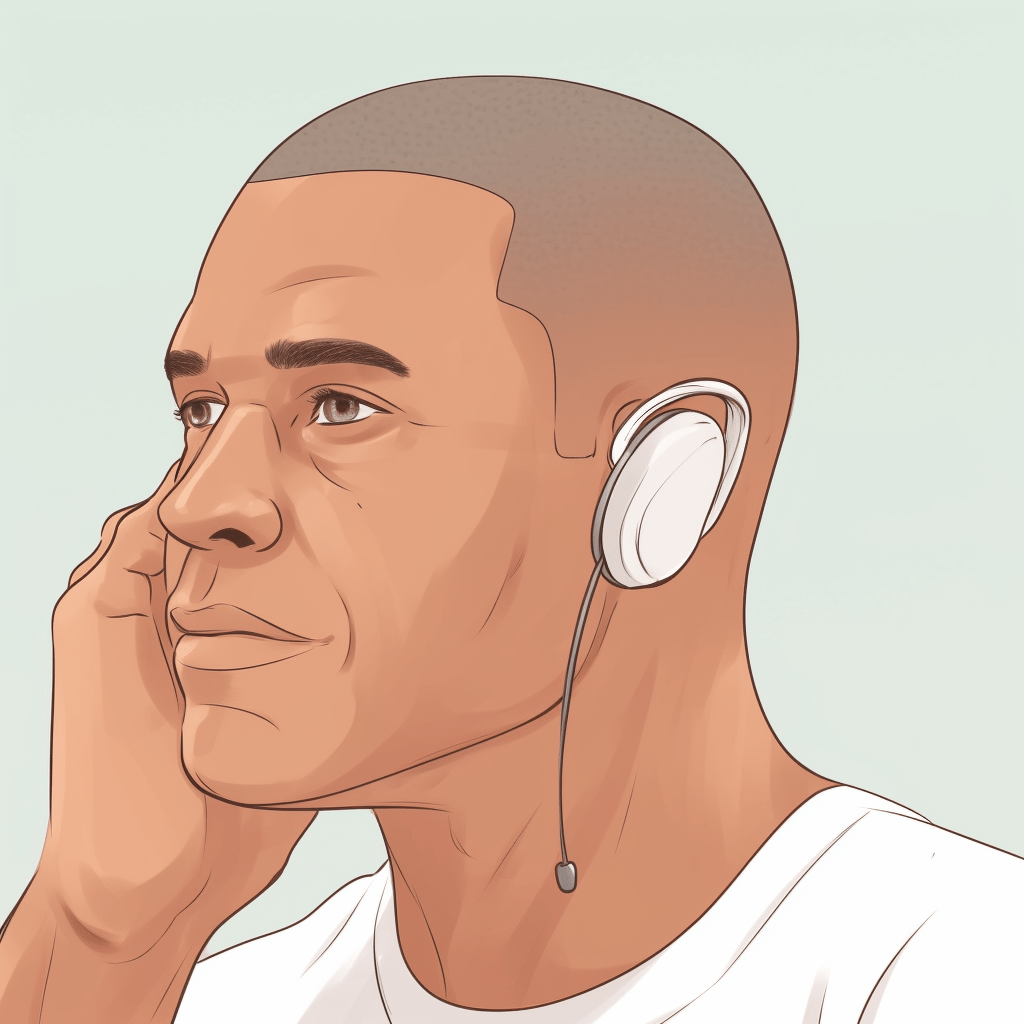How Does Cauliflower Ear Occur?
Cauliflower ear is a medical condition that occurs when a blunt force trauma to the ear causes the cartilage to become damaged. When this happens, the blood vessels that supply the ear are ruptured, and the ear accumulates fluid. This fluid buildup causes the ear to swell and become misshapen, resulting in the characteristic cauliflower ear appearance. A person suffering from cauliflower ear may experience pain, a feeling of fullness in the ear, and difficulty hearing.
The only way to treat cauliflower ear is to reduce the swelling and pressure on the ear, which can be done through the use of cold compresses and medications.
What is Cauliflower Ear?
Cauliflower ear is a medical condition that affects the outer ear, resulting in a swollen and deformed appearance. This condition is usually caused by blunt or repeated trauma to the ear, which is common in contact sports such as boxing or wrestling. It can also occur after a piercing or other professional ear treatment.
Cold compresses and medications are used to treat cauliflower ear and reduce swelling and pressure. If left untreated, it can lead to more serious complications such as infection or hearing loss.

What are the Causes of Cauliflower Ear?
Cauliflower ear is a medical condition that affects the outer ear, resulting in a swollen and deformed appearance. This condition can have a number of causes, ranging from trauma to the ear to chronic infections. The most common cause of cauliflower ear is trauma to the ear, resulting in the cartilage becoming separated from the overlying perichondrium. Other causes of cauliflower ear may include chronic infections, excessive manipulation, or excessive piercing of the ear. In some cases, cauliflower ear may be an inherited condition.
Why is it important to identify the cause of cauliflower ear? Knowing the cause of cauliflower ear can help in determining the best course of treatment and preventing future occurrences.
How is cauliflower ear treated? Treatment for cauliflower ear typically involves cold compresses and medications to reduce swelling and pressure.
Who is Prone to Developing Cauliflower Ear?
While this condition can have a number of causes, the most common is trauma to the ear. As such, individuals who are at an increased risk of developing cauliflower ear include those who engage in contact sports, such as boxing, wrestling, and mixed martial arts, as well as rugby players due to the intensity of the sport.
Additionally, individuals who have had previous ear trauma or infections are also at a higher risk of developing cauliflower ear, as are people with thinner and more prominent ears due to the lack of support in the ear.

What are the Signs and Symptoms of Cauliflower Ear?
The signs and symptoms of cauliflower ear include swelling, bruising, and pain in the affected area. Additionally, the ear tissue can harden, leading to a lumpy, uneven appearance.
Possible complications of cauliflower ear include infection and long-term hearing loss. This condition is often caused by blunt trauma or repeated minor trauma to the ear, making athletes or those with a history of ear trauma more likely to experience it.
To prevent cauliflower ear, individuals should be aware of the risk factors and take the necessary precautions.
Treatment options for cauliflower ear vary depending on the severity of the condition, but may include draining the fluid from the swollen ear, antibiotics, and surgical reconstruction.
What are the Treatment Options for Cauliflower Ear?
Cauliflower ear is often caused by blunt trauma or repeated minor trauma to the ear, making athletes or those with a history of ear trauma more likely to experience it. Immediate medical attention is necessary if a person has suffered a blow to the ear that may cause cauliflower ear, as treatment options typically involve draining the hematoma and stitching the skin back together. If the hematoma is not drained, surgery is the best option to prevent the ear from becoming permanently deformed.
If cauliflower ear is not treated in time, it may become permanent and may require surgery to repair the deformity. The severity of the condition and the type of treatment needed will vary for each individual, so it is important to seek the advice of a medical professional. With the right treatment, cauliflower ear can be successfully managed and the ear can be restored to its original shape and appearance.

Is Cauliflower Ear Dangerous?
Cauliflower ear is a condition that affects the outer ear, leading to swelling and deformity. While it may sound harmless, if left untreated, it can cause serious and long-term damage.
Why is Cauliflower Ear dangerous? It is caused by traumatic injuries or repeated minor trauma, which can lead to blood and fluid build-up in the cartilage of the ear. If this pressure is not relieved, the cartilage can become weak and deformed, ultimately leading to Cauliflower Ear.
To prevent this from happening, immediate medical attention is needed. Treatment may involve draining the fluid, applying a pressure dressing, and taking antibiotics to prevent infection.
How Can Cauliflower Ear be Prevented?
Wearing a headgear during contact sports is one of the best ways to protect against cauliflower ear, as it reduces the risk of direct trauma to the outer ear. Additionally, taking regular breaks from contact sports can also help prevent cauli flower ear as it allows the body to recover after periods of intense physical activity.
Making sure the headgear is properly fitted and worn correctly can also help reduce the risk of cauliflower ear, as it provides additional protection for the ears. Protective headbands can also be worn to help reduce the risk of cauliflower ear.
Stretching exercises and warm-up drills can help reduce the risk of cauliflower ear by increasing the flexibility of the ear cartilage and improving blood circulation around the ears.

